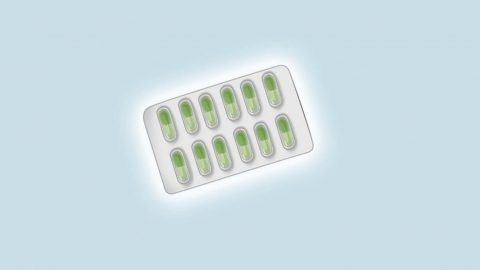How to remove gallbladder stones
Methods for managing gallstones include watchful waiting, medication-based dissolution therapy, extracorporeal shock wave lithotripsy, endoscopic stone removal, and cholecystectomy. The appropriate approach should be selected step by step based on the specific characteristics of the stones to prevent worsening of the condition. If persistent biliary colic, fever, or other symptoms occur, prompt medical attention is recommended.
1. Watchful waiting: Suitable for individuals with small stones, no pain, and normal gallbladder function. No specific treatment is required; instead, regular ultrasound examinations every 6–12 months are recommended to monitor stone size and gallbladder status, preventing sudden symptom onset.
2. Medication-based dissolution therapy: Appropriate for small, purely cholesterol-based stones. Stones are dissolved using medications such as ursodeoxycholic acid. Treatment typically lasts 6–12 months. Although non-surgical, this method carries a relatively high recurrence rate after discontinuation of medication, necessitating long-term follow-up.

3. Extracorporeal shock wave lithotripsy (ESWL): Suitable for patients with stones smaller than 2 cm in diameter and normal gallbladder function. This procedure uses shock waves to fragment the stones into smaller pieces, which are then expelled with the help of medication. It is minimally invasive but applicable only to a limited number of eligible patients.
4. Endoscopic stone removal: For example, stone extraction via ERCP (endoscopic retrograde cholangiopancreatography), used when stones have migrated into the bile ducts or when primary bile duct stones are present. A scope is inserted through the endoscope into the bile duct to remove the stones. This method avoids open abdominal surgery, causes less trauma than cholecystectomy, and rapidly relieves bile duct obstruction.
5. Cholecystectomy: A definitive treatment option, recommended for patients with large stones, recurrent pain, or those with coexisting cholecystitis. Surgical removal of the gallbladder containing the stones eliminates the source of stones, prevents recurrence and complications, and is the primary choice for patients with significant symptoms.
In daily life, it is advisable to consume more vegetables and fruits rich in dietary fiber, avoid prolonged fasting, take a light walk after meals to promote bile flow, reduce the likelihood of stone formation, and maintain emotional stability to prevent mood fluctuations from triggering biliary colic.






